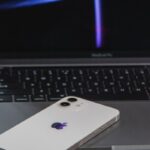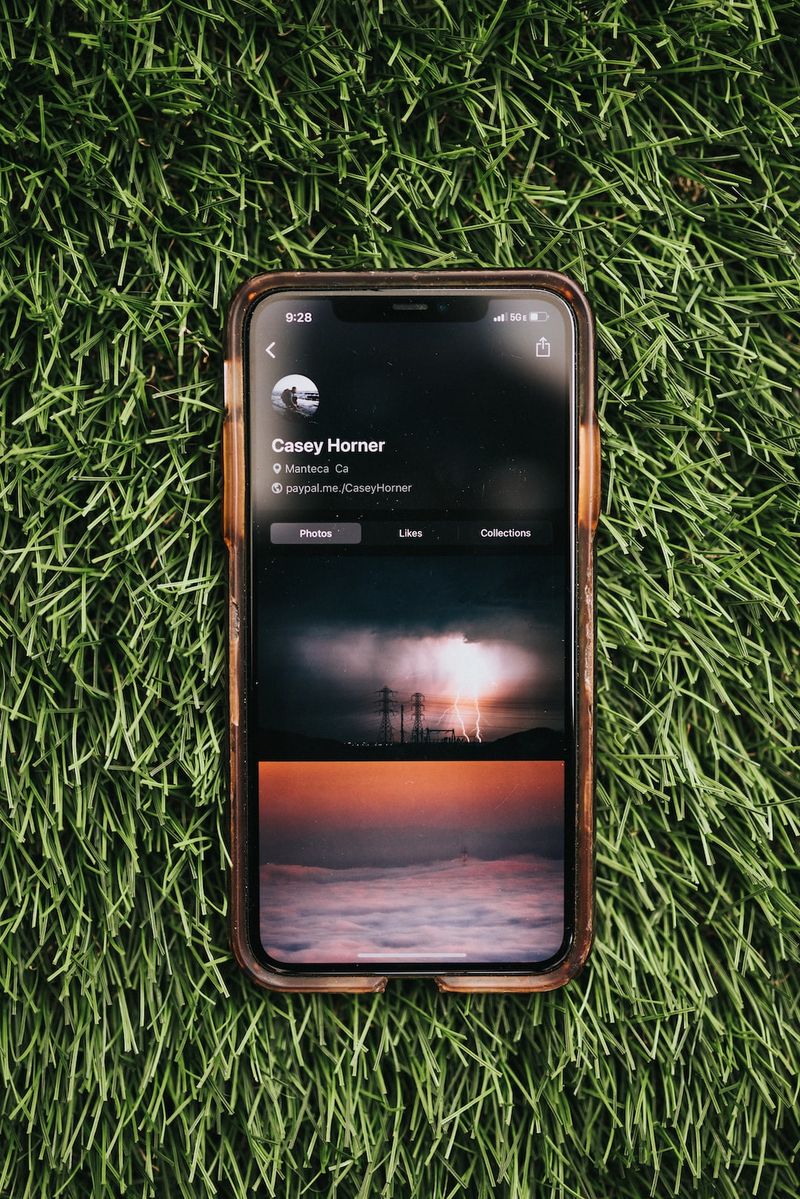Apple‘s iPhone 15 Embraces USB-C Charging Cable
Apple recently unveiled its newest flagship model, the iPhone 15, which comes with a notable change in its charging port. Instead of the Lightning connection used in previous iPhone models, the iPhone 15 utilizes a USB-C cable. This change opens up the possibility for iPhone users to borrow chargers from Android phone users and use them interchangeably. In this article, we will explore the reasons behind this shift and discuss its implications for consumers.
A Standard Port for Compatibility and Efficiency
The decision to introduce USB-C charging cables to the iPhone 15 and the charging cases of AirPods Pro devices stems from the recognition of USB-C as a widely used and efficient charging standard. USB-C ports are already ubiquitous in laptops and Android smartphones, and Apple has adopted USB-C connectivity in its laptops and some high-end iPads.
This change will make it easier for iPhone users to transfer high-quality videos directly from their phones to their hard drives. By embracing USB-C, Apple aligns itself with a charging standard that allows for faster data transfer and higher power output compared to Lightning cables.
The European Union’s Influence
The European Union played a significant role in influencing Apple‘s decision to adopt USB-C over Lightning. Last year, the EU ruled that all smartphones sold in the region would require a standard charging port by 2024. The aim of this regulation is to promote interoperability among different devices and reduce electronic waste caused by multiple charging standards. The European Parliament stated that this move would save consumers around 250 million euros ($419 million) and facilitate the emergence of new technologies such as wireless charging.
While the EU prefers self-regulation by industries, it resorts to legislation when companies fail to regulate themselves. The EU has used similar mandates in the past, and it is likely to continue doing so in the future if necessary.
Apple‘s Initial Resistance
When the European Union’s proposal was being discussed, Apple expressed concerns about the potential negative impact on innovation. The company argued that mandating a single type of connector stifles innovation by limiting the ability to compete on different technologies and features.
However, according to Mark Gurman, a Bloomberg chief correspondent, Apple‘s adoption of USB-C was inevitable. Gurman believes that not making the change globally would have created difficulties for Apple and caused inconvenience for users. While the change may initially upset consumers who have invested in accessories designed for Lightning cables, Gurman predicts that the benefits of USB-C will soon outweigh any inconvenience.
Implications for Consumers
With the introduction of the iPhone 15’s USB-C port, using Lightning cables with the new model is no longer possible. Consumers who purchase the iPhone 15 will need to use USB-C cables or purchase an adapter to connect their existing Lightning accessories.
While this change may cause frustration for some users, Gurman believes that most people will eventually appreciate the convenience of using USB-C. The switch to USB-C aligns Apple‘s charging technology with that of Android phones, simplifying the charging process for those who switch from Android to iPhone. Additionally, USB-C offers faster charging speeds and improved data transfer capabilities.
To accommodate those who still have Lightning accessories, Apple has also released a Lightning to USB-C adapter for $29, allowing users to connect their existing accessories to the new USB-C port.
Editorial Opinion: The Benefits of Standardization
The move from Lightning to USB-C charging cables in Apple‘s iPhone 15 reflects the growing importance of standardization in the tech industry. Embracing a universal charging standard not only simplifies the user experience but also reduces electronic waste caused by different connectors and charging solutions.
While Apple initially resisted the European Union’s push for a standard charging port, the company eventually recognized the benefits of aligning with industry standards. The adoption of USB-C by Apple has the potential to spur innovation and create a stronger ecosystem where devices are compatible with a wide range of accessories and chargers.
Standardization also fosters competition based on technology and user experience rather than proprietary charging solutions. This benefits consumers by offering them more choices and ensuring that they are not tied to a single ecosystem when it comes to charging and accessories.
Advice for Consumers
For consumers considering purchasing the iPhone 15 or any future iPhones, it is crucial to be aware of the change in charging ports. If you currently own Lightning accessories or chargers, you may need to invest in a Lightning to USB-C adapter or purchase USB-C cables and accessories.
While this change may require some additional investment, the benefits of USB-C in terms of faster charging speeds and compatibility with a wide range of devices make it a worthwhile transition. Additionally, embracing industry standards ensures that your devices are future-proofed and can easily connect with a variety of charging solutions.
It is also worth noting that the shift to USB-C opens up opportunities for using chargers and accessories from other brands and platforms. Borrowing chargers from friends or family who use Android phones becomes much easier when the charging cables are interchangeable.
In conclusion, Apple‘s decision to adopt USB-C charging cables in the iPhone 15 reflects the company’s recognition of the benefits of standardization and conformity to industry standards. While this change may inconvenience some users, it ultimately simplifies the charging process, fosters competition, and promotes compatibility among different devices. To adapt to this change, consumers should consider investing in USB-C cables or adapters to ensure seamless connectivity with their new iPhone 15 and other devices using USB-C.

<< photo by Katrīna Eglīte >>
The image is for illustrative purposes only and does not depict the actual situation.
You might want to read !
- France’s iPhone 12 Ban Threat: Examining Radiation Concerns and Potential Sales Implications
- Apple’s Highly Anticipated iOS 17 and iPadOS 17 Set to Launch on September 18th
- Bolivia vs Argentina: Live Stream, TV Channel, Kick-Off Time & Venue Hi-jacked by Political Tensions
- The Future Is Here: Apple Unveils the iPhone 15
- Editorial Exploration: The upcoming Apple Event in 2023 is highly anticipated, as tech enthusiasts eagerly await the reveal of the iPhone 15. With the event just around the corner, people are searching for the best way to watch the unveiling of the latest iPhone model. This article will delve into the various options available for tuning in to the Apple Event, providing readers with guidance on how to watch the iPhone 15 reveal tomorrow.
Title: “Eagerly Awaiting the iPhone 15: A Guide to Watching the Apple Event 2023”
- Apple Event: Unveiling the Hottest Last-Minute Rumors for iPhone 15 and Beyond
- “The Ultimate Triumph: Taylor Swift Dominates the 2023 MTV VMAs with Nine Victories”
- Manchester United Secures Groundbreaking Jersey Partnership with Qualcomm
- The Battle at Colombo: India vs Sri Lanka in the Asia Cup Super Four




